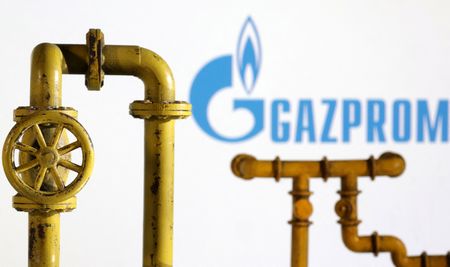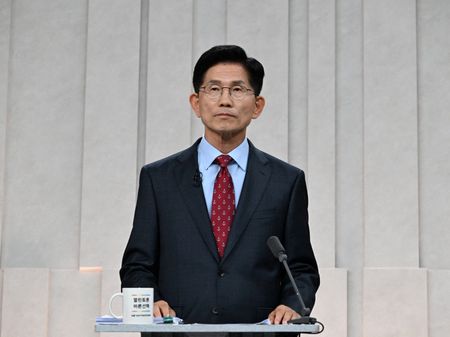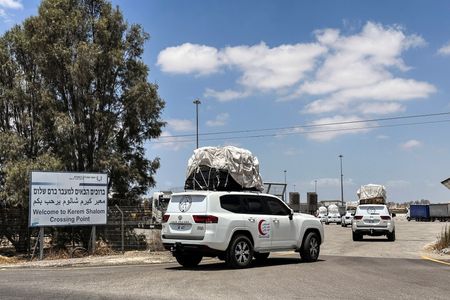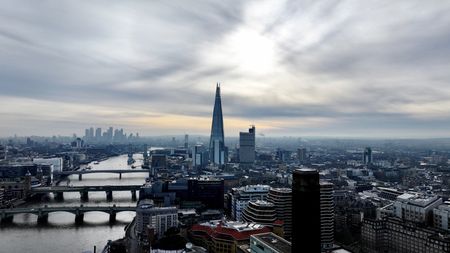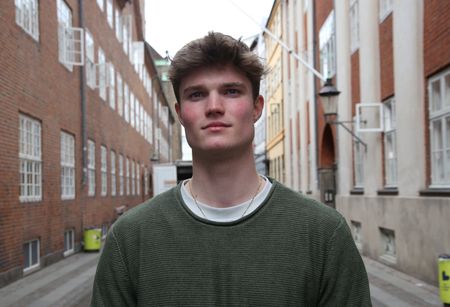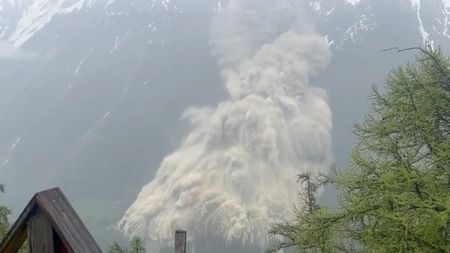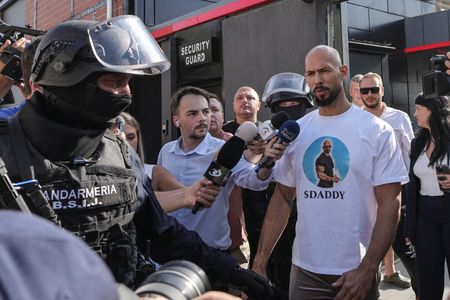MOSCOW (Reuters) – Russian President Vladimir Putin met Slovak Prime Minister Robert Fico in the Kremlin on Sunday, a rare visit by a European Union leader to Moscow as a contract allowing for Russian gas to transit through Ukraine nears expiry.
Ukrainian President Volodymyr Zelenskiy had said on Thursday that Kyiv could consider continued transit of Russian gas, but only on condition that Moscow did not receive payment until after the war – a condition it was unlikely to accept. Putin said that day that it was clear there would be no new deal with Kyiv to send Russian gas through Ukraine to Europe.
Here is what happens if Russian gas transit via Ukraine is completely turned off and whom will be affected most.
HOW BIG ARE THE VOLUMES?
Russian gas supplies to Europe via Ukraine are relatively small. Russia shipped about 15 billion cubic metres (bcm) of gas via Ukraine in 2023 – only 8% of peak Russian gas flows to Europe via various routes in 2018-19.
Russia spent half a century building its European gas market share, which at its peak stood at 35%.
Moscow has lost its share to rivals such as Norway, the United States and Qatar since the Russian invasion of Ukraine in 2022, which spurred the EU to cut its dependence on Russian gas.
EU gas prices rallied in 2022 to record highs after the loss of Russian supplies. The rally won’t be repeated given modest volumes and a small number of customers for the remaining volumes, according to EU officials and traders.
UKRAINIAN ROUTE
The Soviet-era Urengoy-Pomary-Uzhgorod pipeline brings gas from Siberia via the town of Sudzha – which is now under control of Ukrainian military forces – in Russia’s Kursk region. It then flows through Ukraine to Slovakia.
In Slovakia, the gas pipeline splits into branches going to the Czech Republic and Austria.
Russia’s overall gas exports via the route have held steady despite the stoppage of flows from Gazprom to Austria’s OMV in mid-November over a contractual dispute, and legal wranglings as other buyers stepped in to buy the volumes.
Austria still receives most of its gas via Ukraine, while Russia accounts for around two-thirds of Hungary’s gas imports.
Slovakia takes around 3 bcm from energy giant Gazprom per year, also about two-thirds of its needs.
The Czech Republic almost completely cut gas imports from the east last year, but began taking gas from Russia in 2024.
Most other Russian gas routes to Europe are shut including Yamal-Europe via Belarus and Nord Stream under the Baltic.
The only other operational Russian gas pipeline route to Europe is the Blue Stream and TurkStream to Turkey under the Black Sea. Turkey sends some Russian gas volumes onward to Europe including to Hungary.
WHY DOES THE UKRAINIAN ROUTE STILL WORK?
While remaining Russian gas transit volumes are small, the issue remains a dilemma for the EU. Many EU members such as France and Germany have said they will not buy Russian gas anymore but the stance of Slovakia, Hungary and Austria, which have closer ties to Moscow, challenges the EU common approach.
The countries, who still receive Russian gas, argue it is the most economic fuel and also blame neighbouring EU countries for high transit fees imposed on alternative supplies.
Ukraine still earns $0.8-$1 billion in transit fees per year from Russian gas transit.
According to Reuters calculations, Gazprom’s total pipeline gas exports to Europe via all routes in 2024 have increased to 32 bcm from 28.3 bcm in 2023, when they collapsed to the lowest level since the 1970s.
Russia could earn around $5 billion on sales via Ukraine this year based on an average Russian government gas price forecast of $339 per 1,000 cubic metres, according to Reuters calculations.
Russia’s gas pipeline export monopoly Gazprom plunged to a net loss of $7 billion in 2023, its first annual loss since 1999, because of the loss of EU gas markets.
Russia has said it would be ready to extend the transit deal but Kyiv has repeatedly said it will not do it.
Another option is for Gazprom to supply some of the gas via another route, for example via TurkStream, Bulgaria, Serbia or Hungary. However, capacity via these routes is limited.
Hungary has been keen to keep the Ukrainian route open, but said it would continue to receive Russian gas from the south, via the TurkStream pipeline on the bed of the Black Sea.
The EU and Ukraine have also asked Azerbaijan to facilitate discussions with Russia regarding the gas transit deal.
A senior source at Azeri energy company SOCAR told Reuters on Friday that Moscow and Kyiv have failed to agree on the deal brokered by Azerbaijan to continue Russian gas exports to Europe via Ukraine.
(Reporting by Guy Faulconbridge and Vladimir Soldatkin; editing by David Evans)

